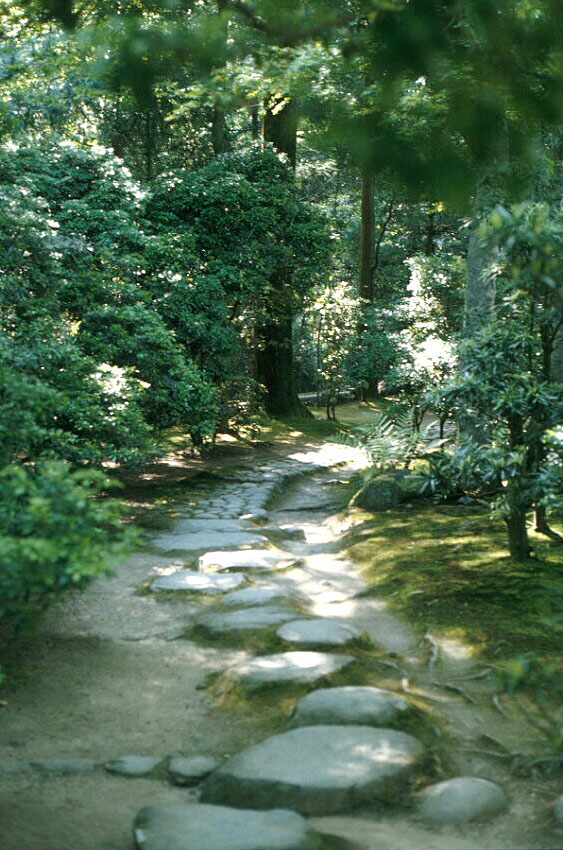Benedikt and Cline


Michael Benedikt appeals for an architecture that can "halt the slow slide of architecture (and just about everything else that is slow, physical, natural and real) into the world of television." (Benedikt 1988a, 6) Ann Cline worries about "What can defend ordinary reality in the face of 'virtuals' of all sorts?" (Cline 1998, 88)
The target these writers are aiming at differs somewhat from mine. We agree on the need to escape shallow inhabitation and superficial places. They worry about architecture busy with Meaning and moving too fast instead of putting us in touch with the sheer presence of things and our own finite being. I worry about serial simplified intensities that level out the complexities of our situation.
Benedikt calls for "direct esthetic experience of reality" where the world is perceived afresh, in a way that is free from desire yet opens us to joy and possibility, where things are significant without being symbolic, and are free from the intention to communicate. (Benedikt 1987, 2-8) Cline urges periodic withdrawal to "huts" for ritual and less busy encounter with things and our fellows. In the Buddhist terms that Benedikt alludes to, this is to encounter the suchness of an object and our situation with it. I agree, but protest that our situation's suchness includes complexity and linking.
Ultimately the issue here is ontological. I disagree with a tendency to equate reality with full presence. Reality also involves mediation, and so absence, connection and linkage beyond current presence.
(c) David Kolb, 1 August 2001